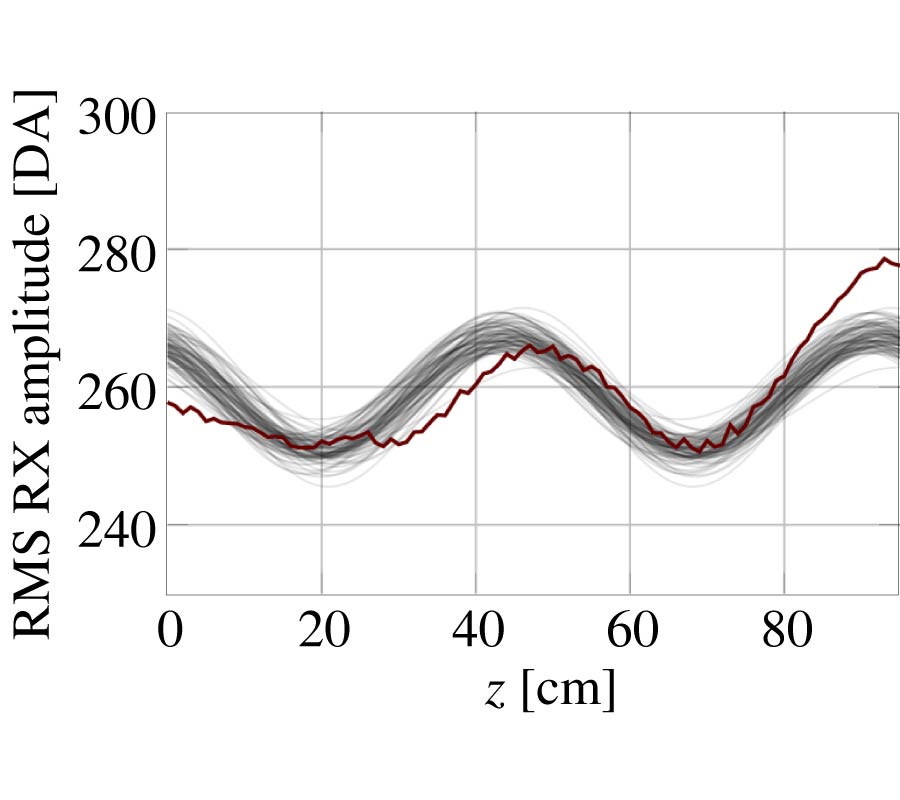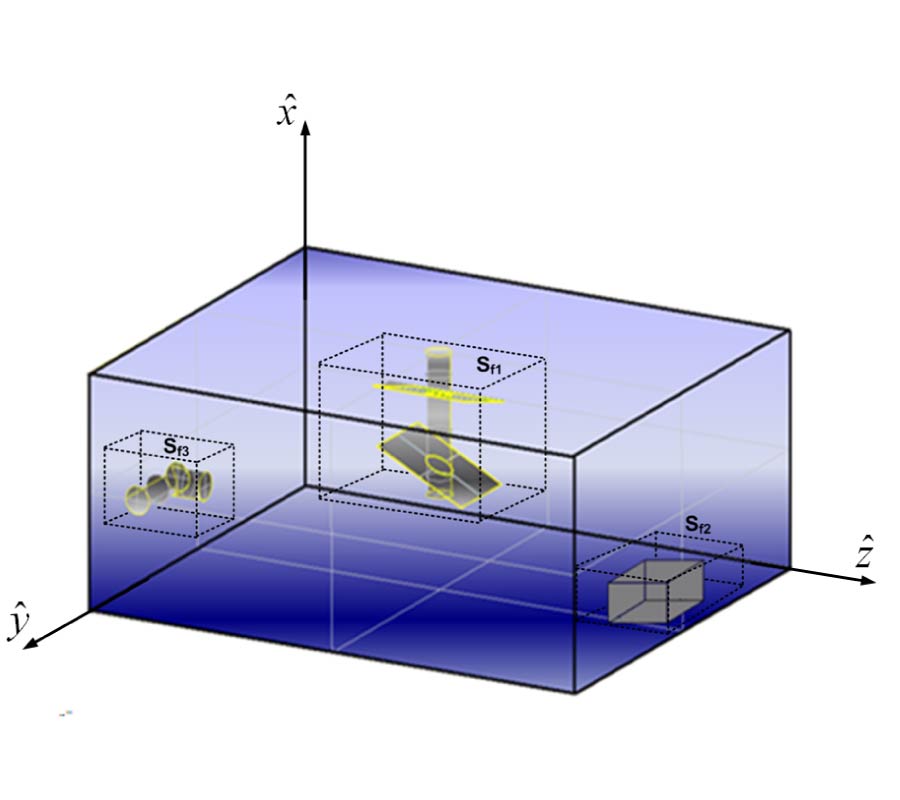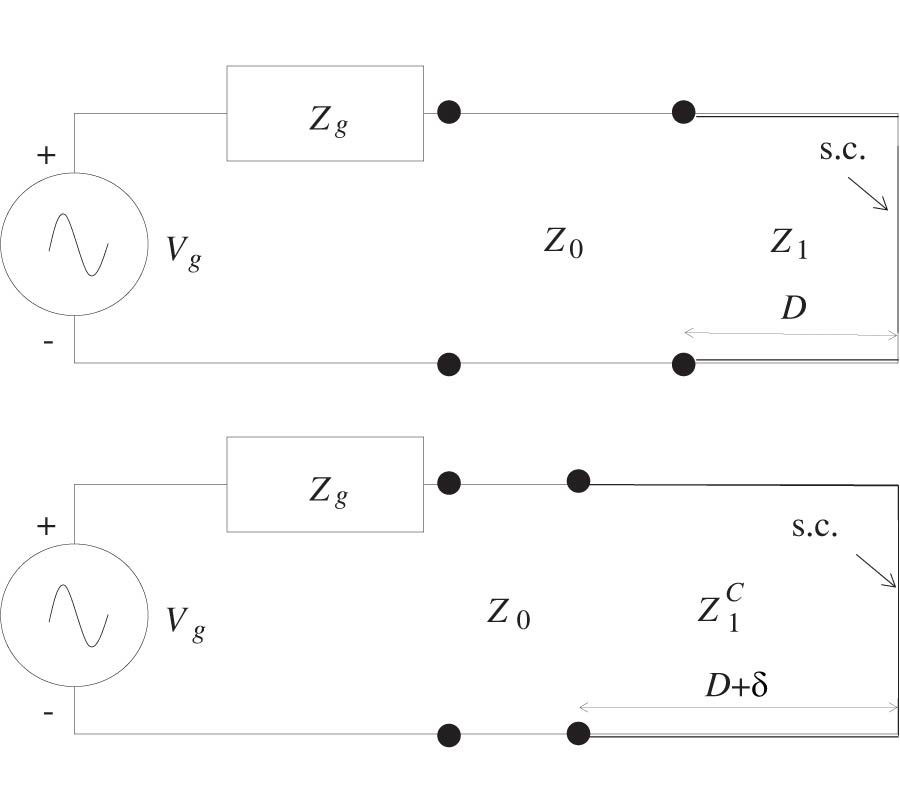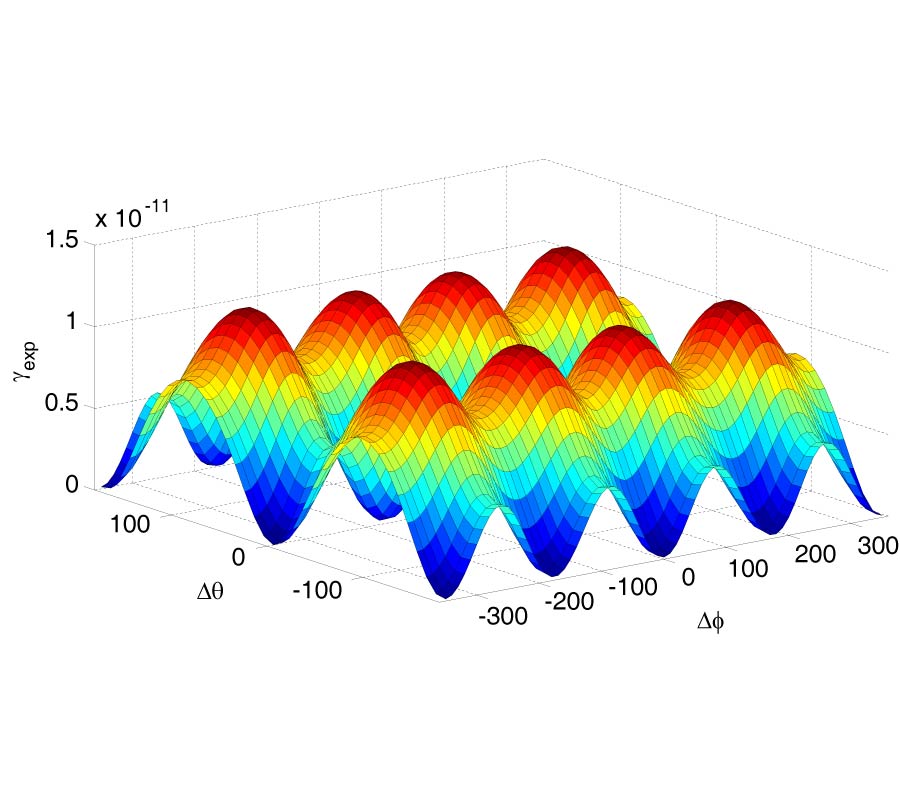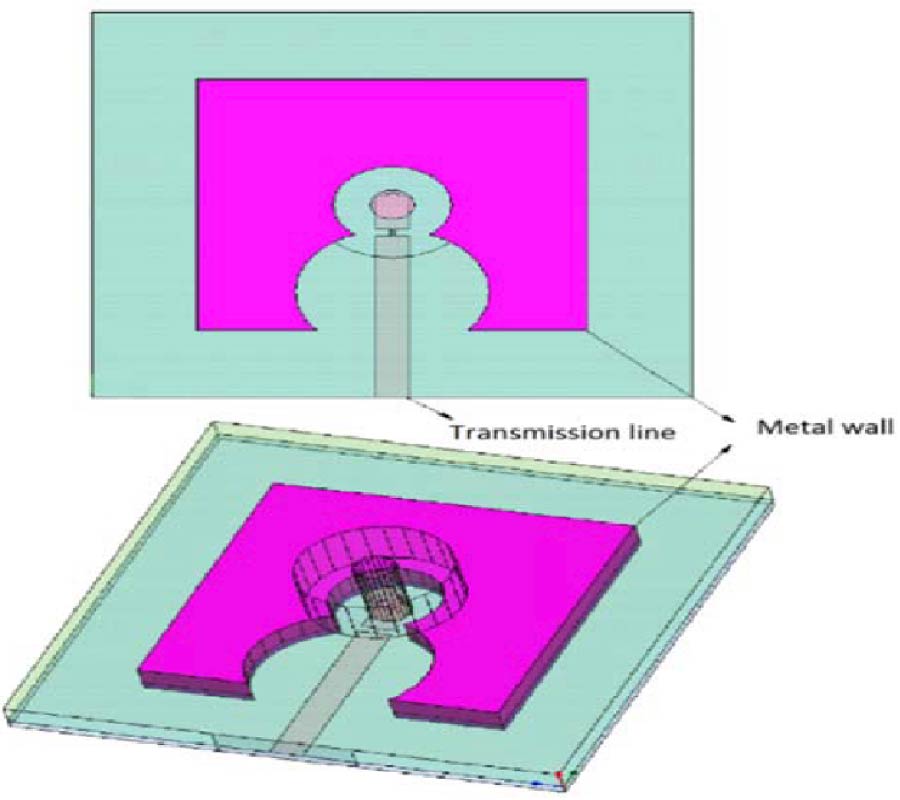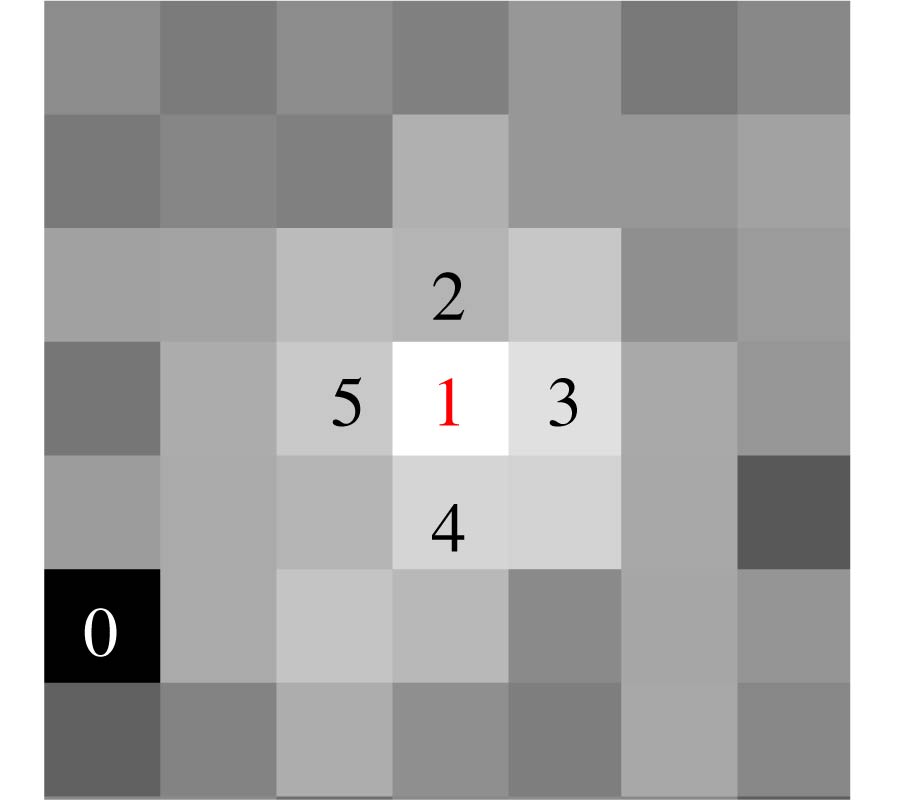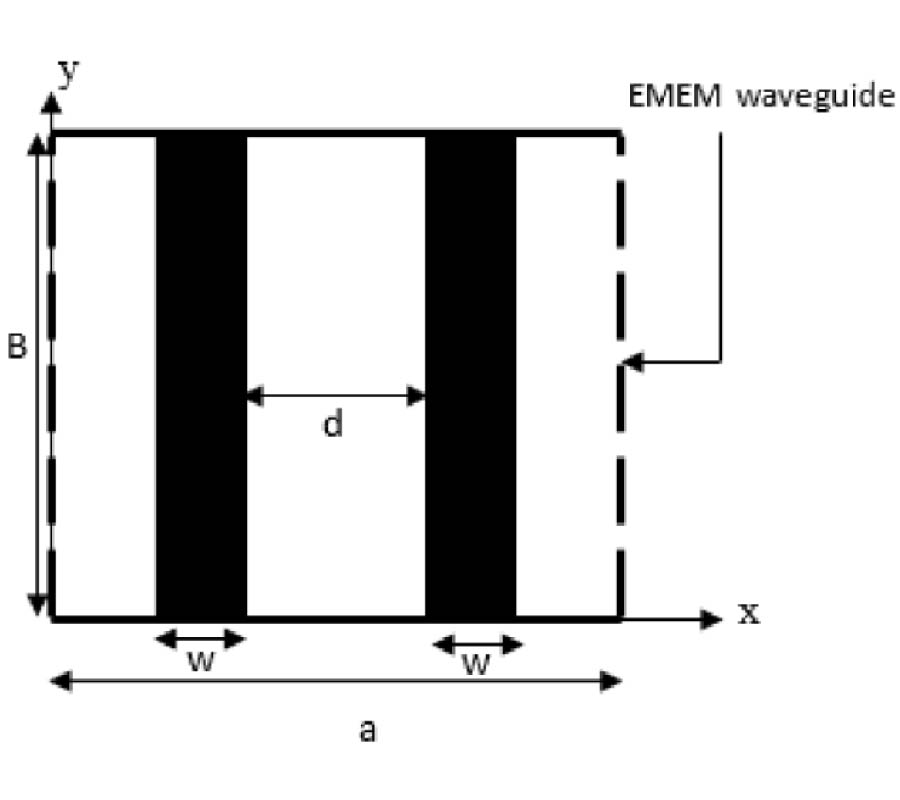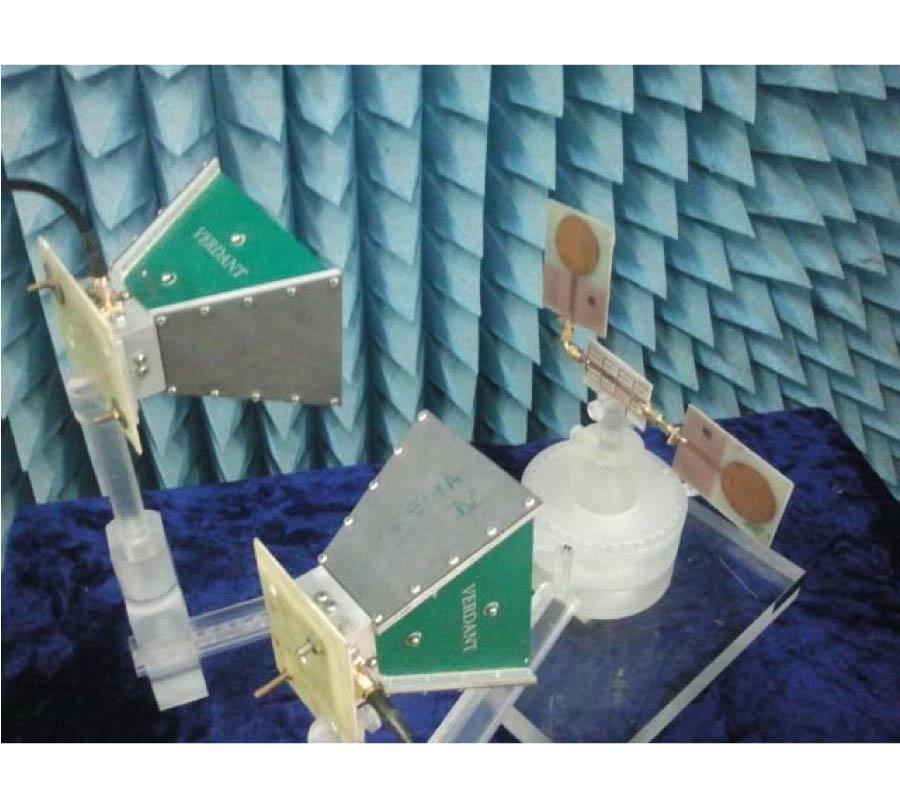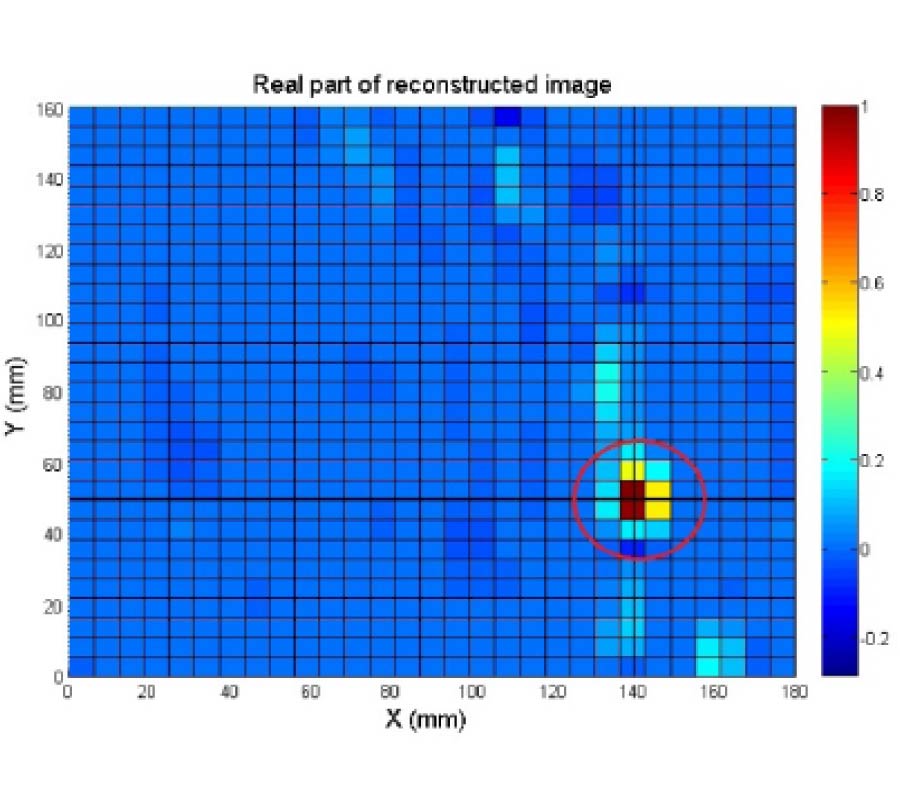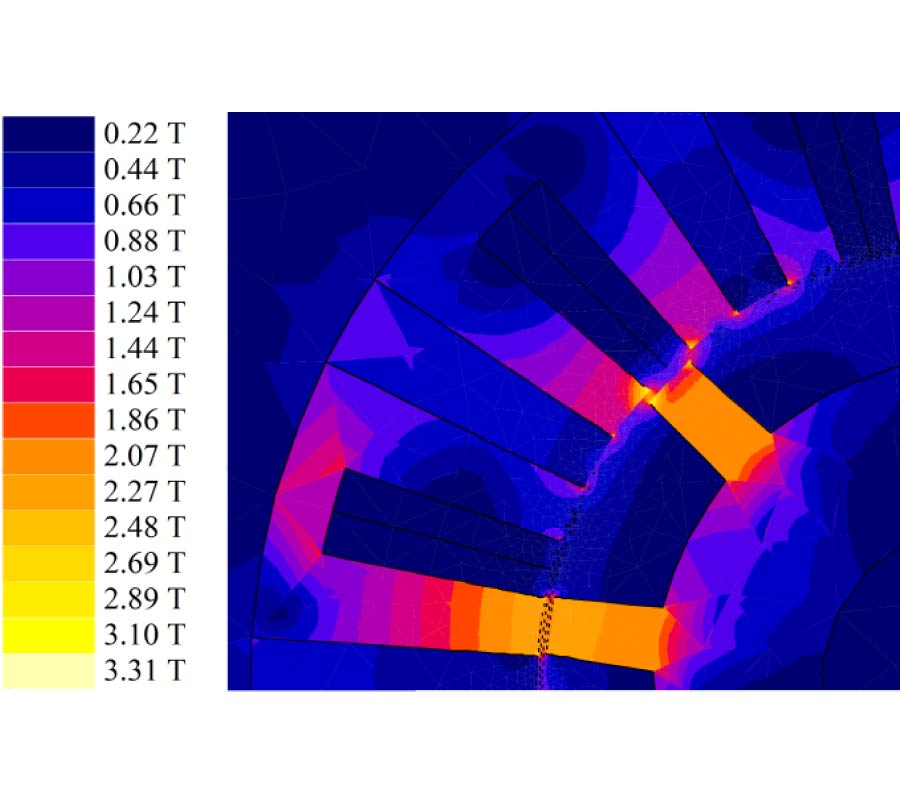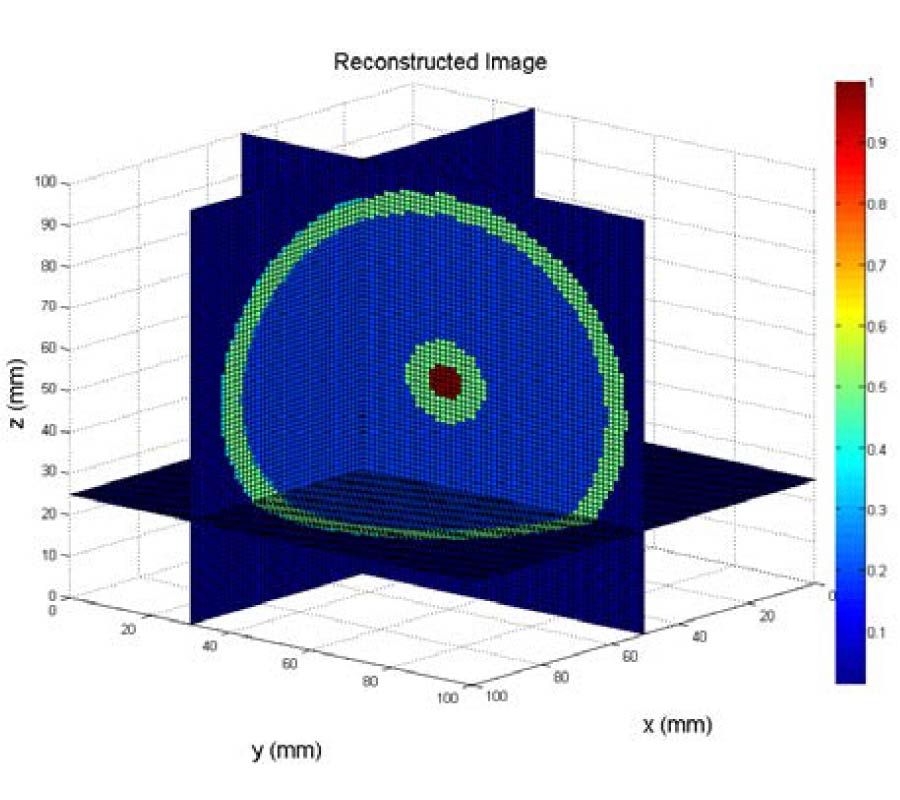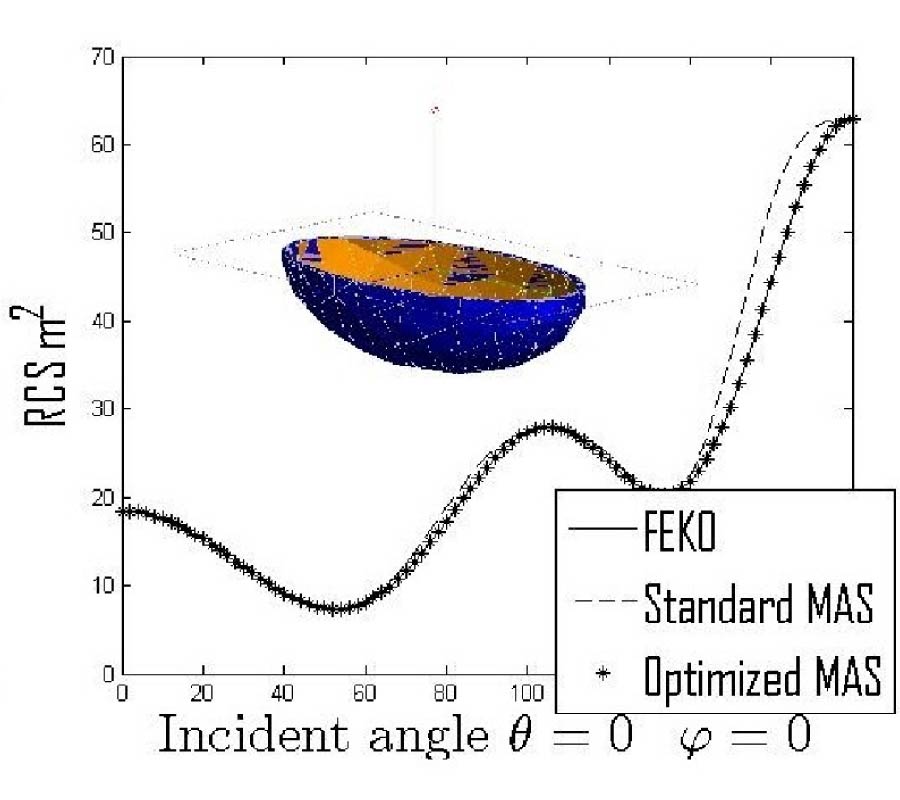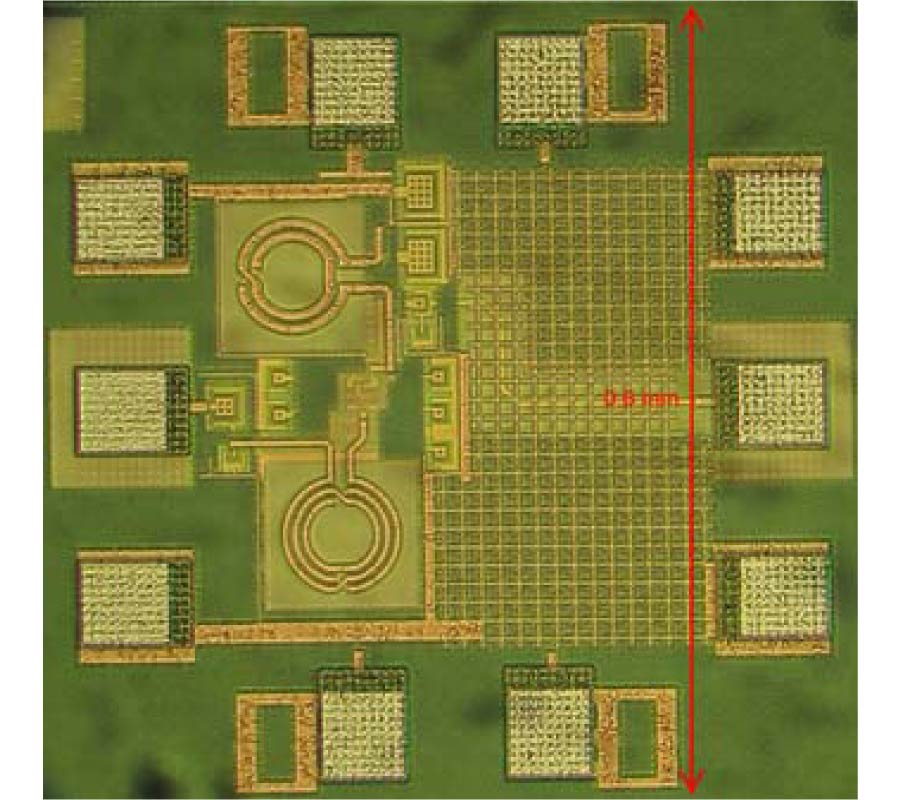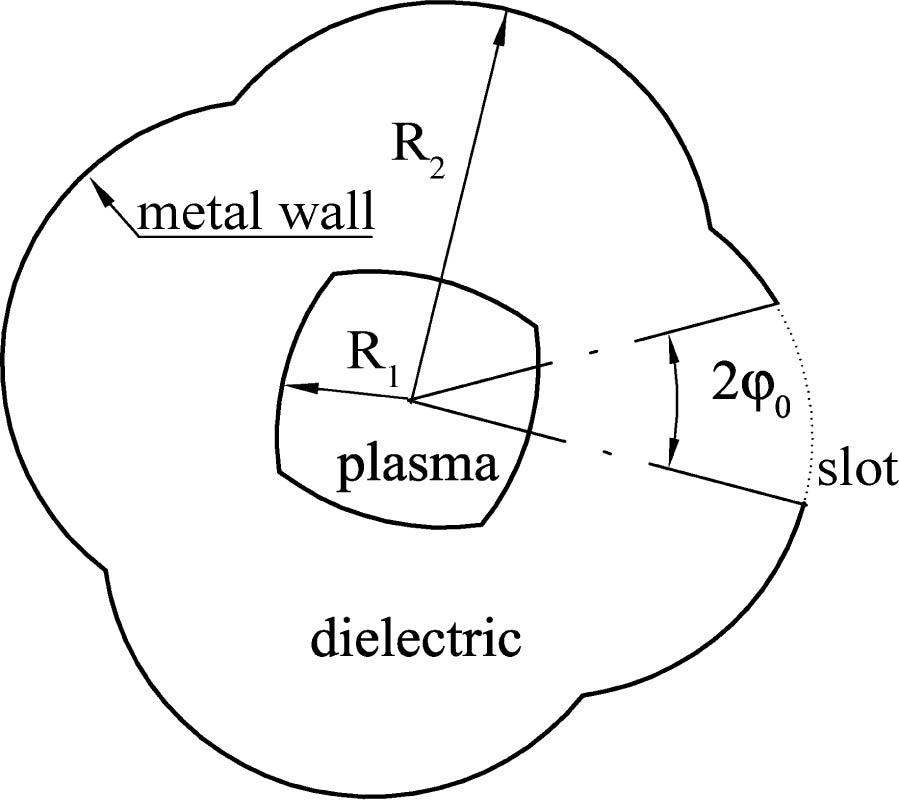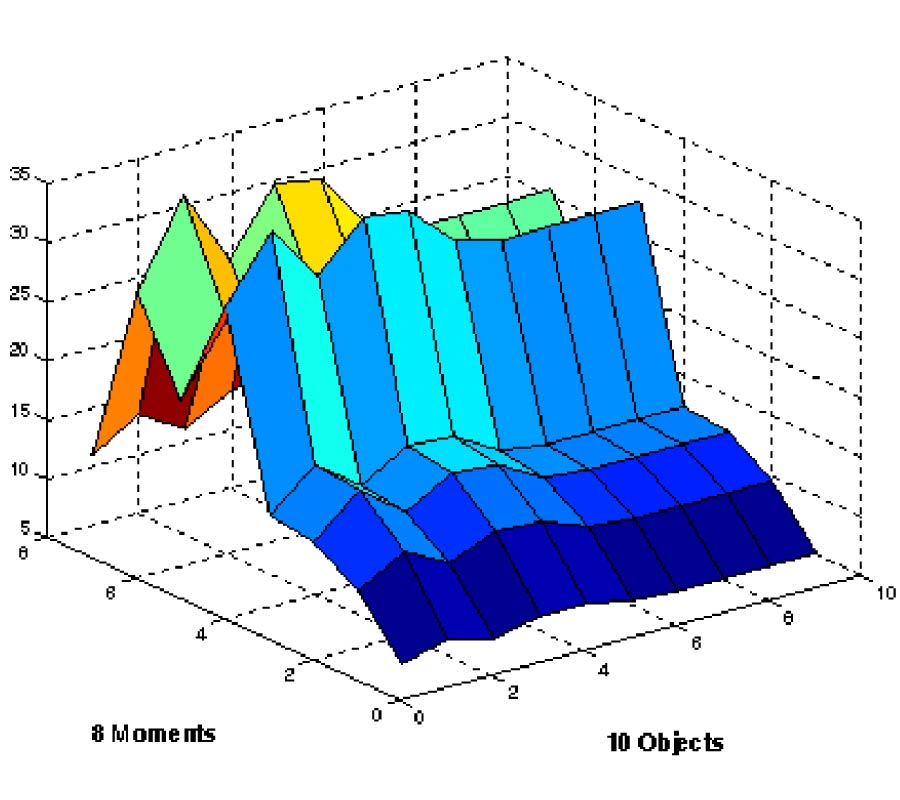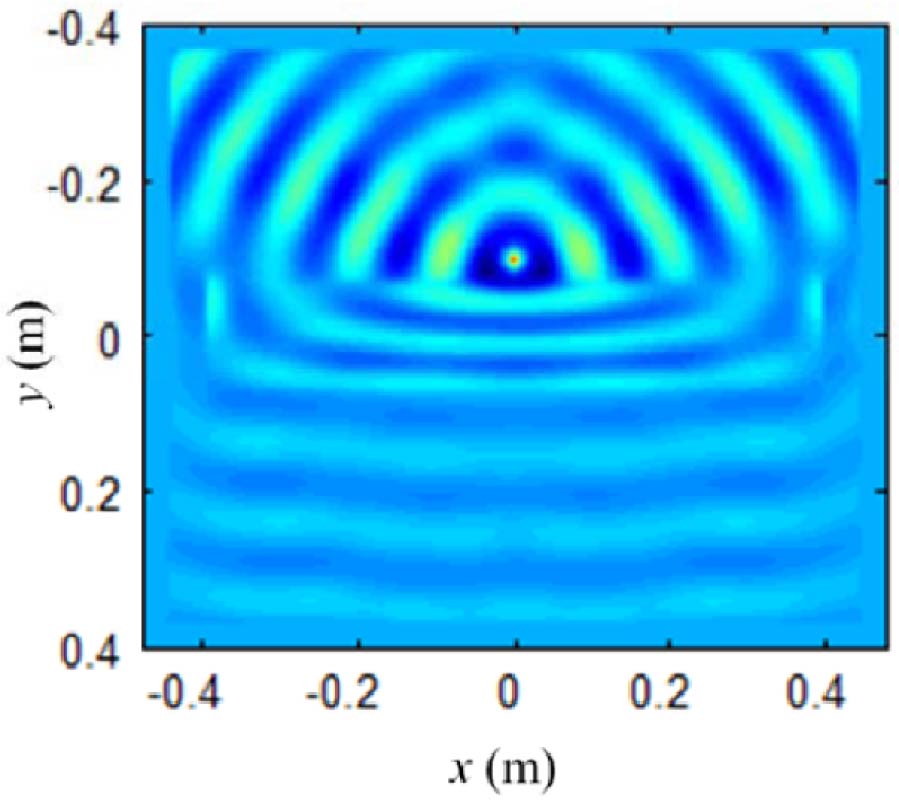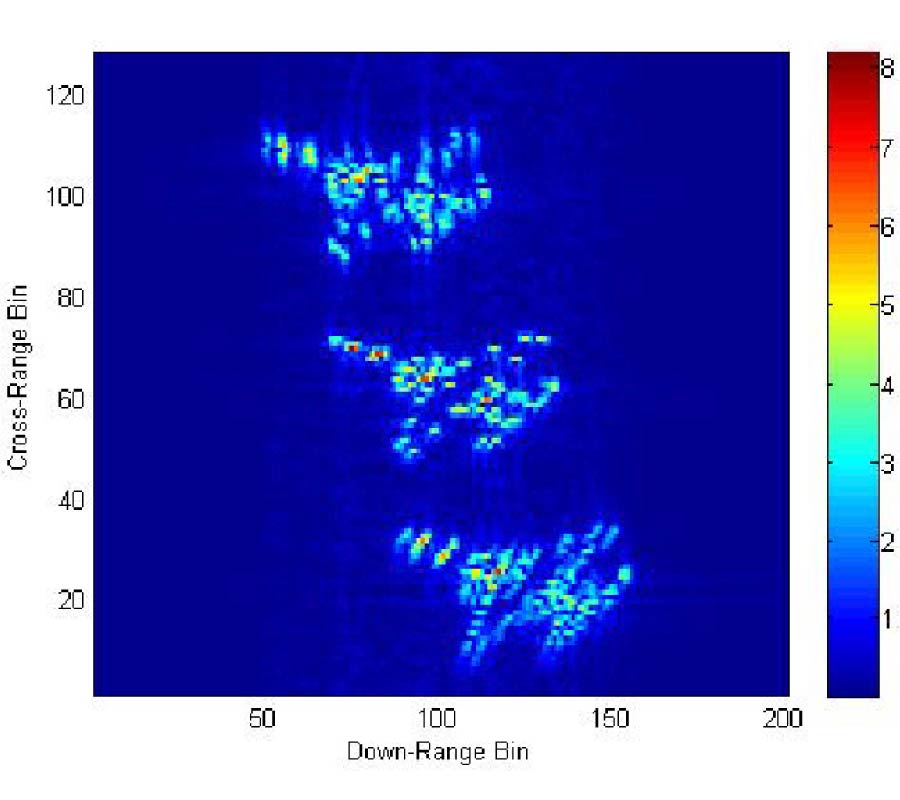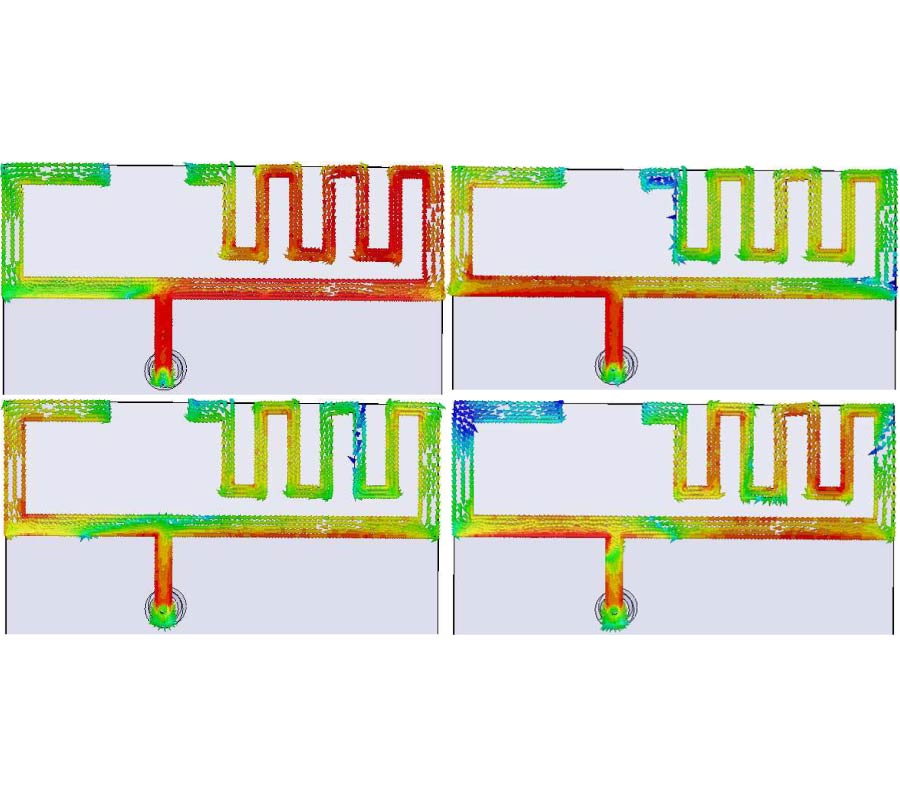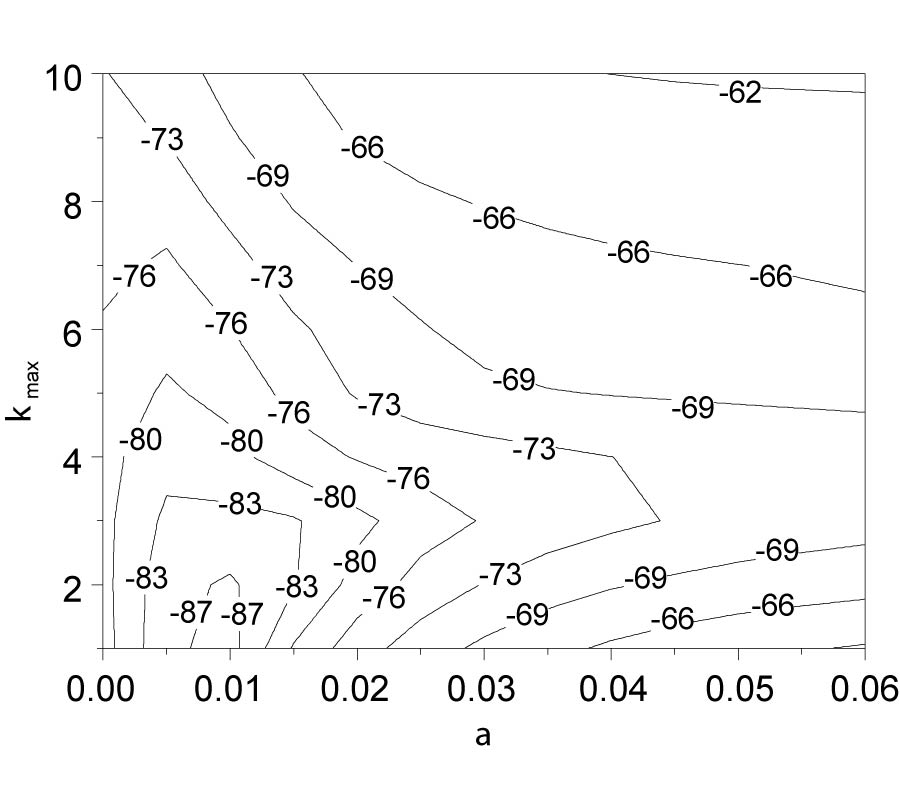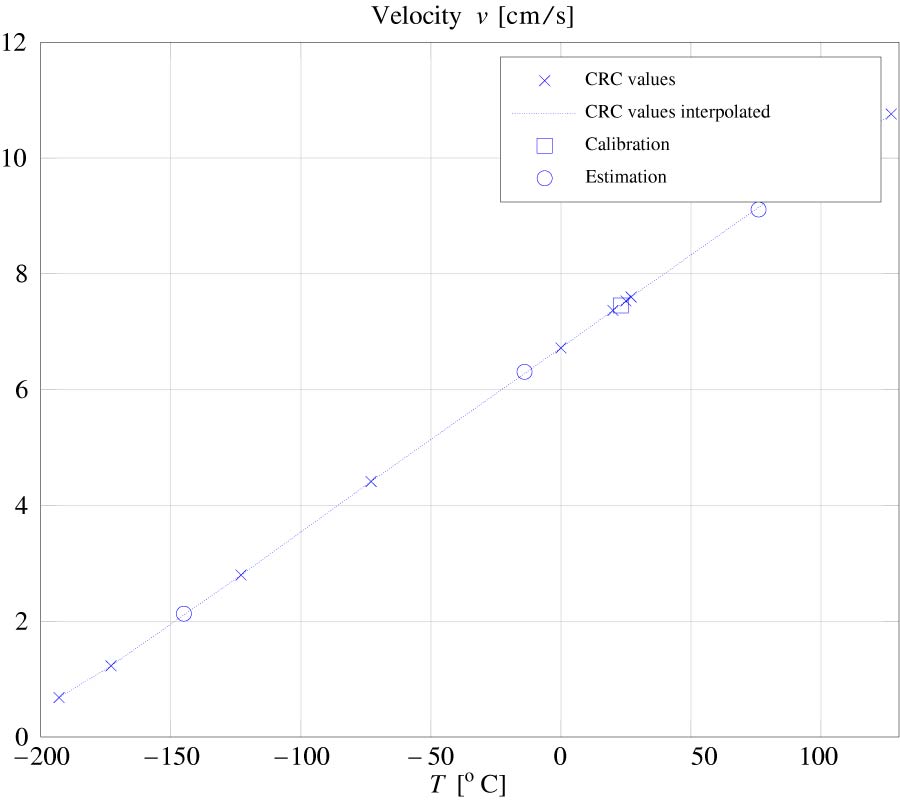2015-01-12 Latest Published
By Bjorn J. Doring
Jens Reimann
Sebastian Raab
Matthias Jirousek
Daniel Rudolf
Marco Schwerdt
Progress In Electromagnetics Research B, Vol. 61, 297-315, 2014
Abstract
Transponders (also known as polarimetric active radar calibrators or PARCs) are commonly used for radiometric calibration of synthetic aperture radars (SARs). Currently three methods for the determination of a transponder's frequency-dependent radar cross section (RCS) are used in practice. These require either to measure disassembled transponder components, or a separate radiometric measurement standard (like a flat, metallic plate or a corner reflector), leading to additional uncertainty contributions for the calibration result. In this paper, a novel method is introduced which neither requires disassembly nor an additional radiometric reference. Instead, the measurement results can be directly traced back to a realization of the meter, lowering total measurement uncertainties. The method is similar in approach to the well known three-antenna method, but is based on the radar equation instead of Friis transmission formula. The suitability of the method is demonstrated by a measurement campaign for DLR's three new Kalibri C-band transponders, completed by an uncertainty analysis. The method is not universally applicable for all transponder calibrations because (a) three devices are necessary (instead of only one for the known methods), and (b) the transponders must provide certain additional features. Nevertheless, these features have become standard in modern SAR calibration transponder designs. The novel, potentially more accurate three transponder method is thus a viable alternative for transponder RCS calibration, ultimately contributing to synthetic aperture radars with a reduced radiometric measurement uncertainty.
